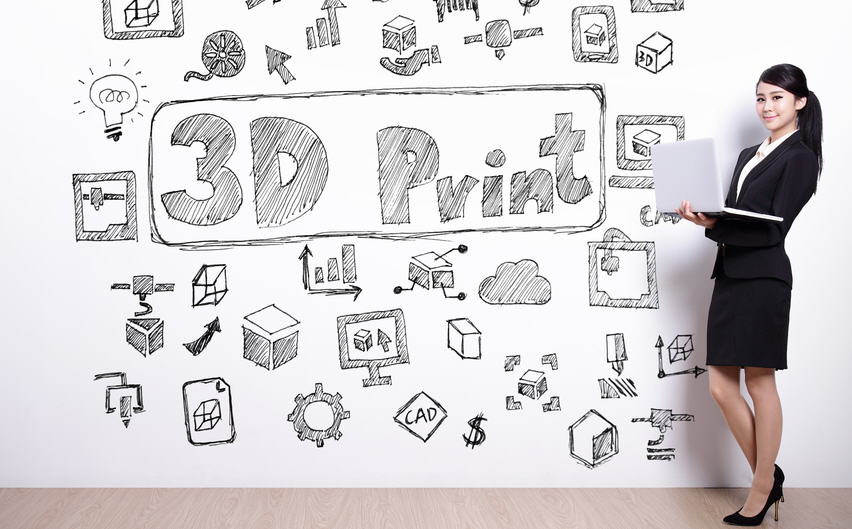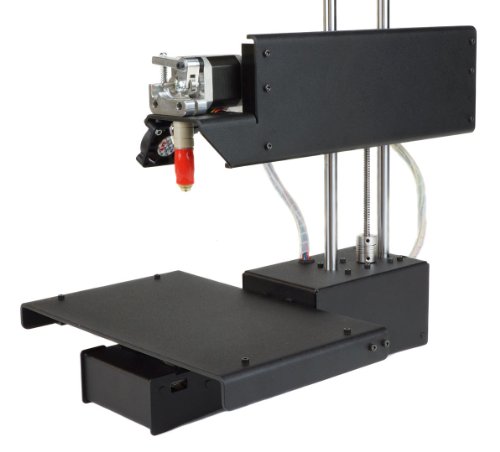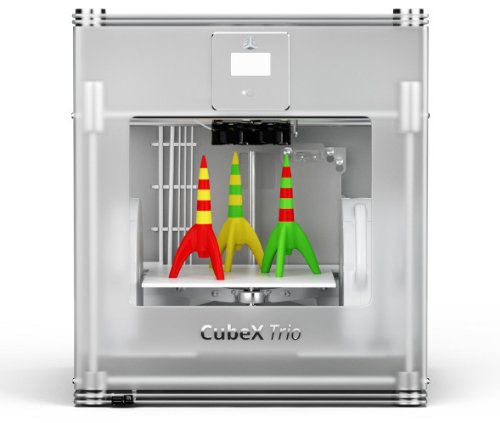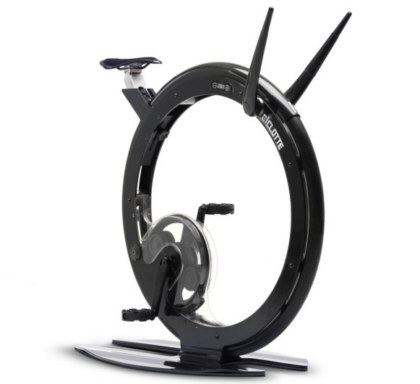
3D printing awareness and popularity is growing quickly and is finding it’s way into education as fast as it’s finding it’s way into business.
Surveys indicate that more than 30 percent of the top 300 largest global brands are now using or evaluating 3D printing (often with printing technology in-house) whether for prototyping and other innovation projects or in actual production of what they sell. Over 200 universities and colleges already offer 3D coursework in their curricula covering aspects of not only 3D printing but also 3D scanning and design. Even Terry Wohlers, founder of Wohlers Associates and publisher of the most cited research tracking the rise of 3D technology, is impressed.
We agree with Wohlers assessment of the rapid recent take up. The growing market for 3D printing reflects the affordable accessibility of desktop additive 3D printing machines.
“But perhaps there is a simple reason that the tipping point is arriving now. I think it’s connected to the recent arrival of very affordable desktop 3D printers – which means it isn’t only big corporate R&D departments that are coming down the 3D learning curve,” say Wohlers to TJ McCue at HBR.
Although additive technology has been around for a long time, the associated costs were prohibitive for large scale adoption and utility of the finished output was limited to say the least.
The first 3d printing machines to arrive on the mass-market were little more than toys. However the current offerings produce quality output from reliable materials – finished goods that are ready for use.
The changes in thinking are stimulated by the ability to make objects that are impossible to make any other way, the ability for people with little or no “making” skills to produce objects quickly and simply, the ability to engage remote have objects produced anywhere in the world.







